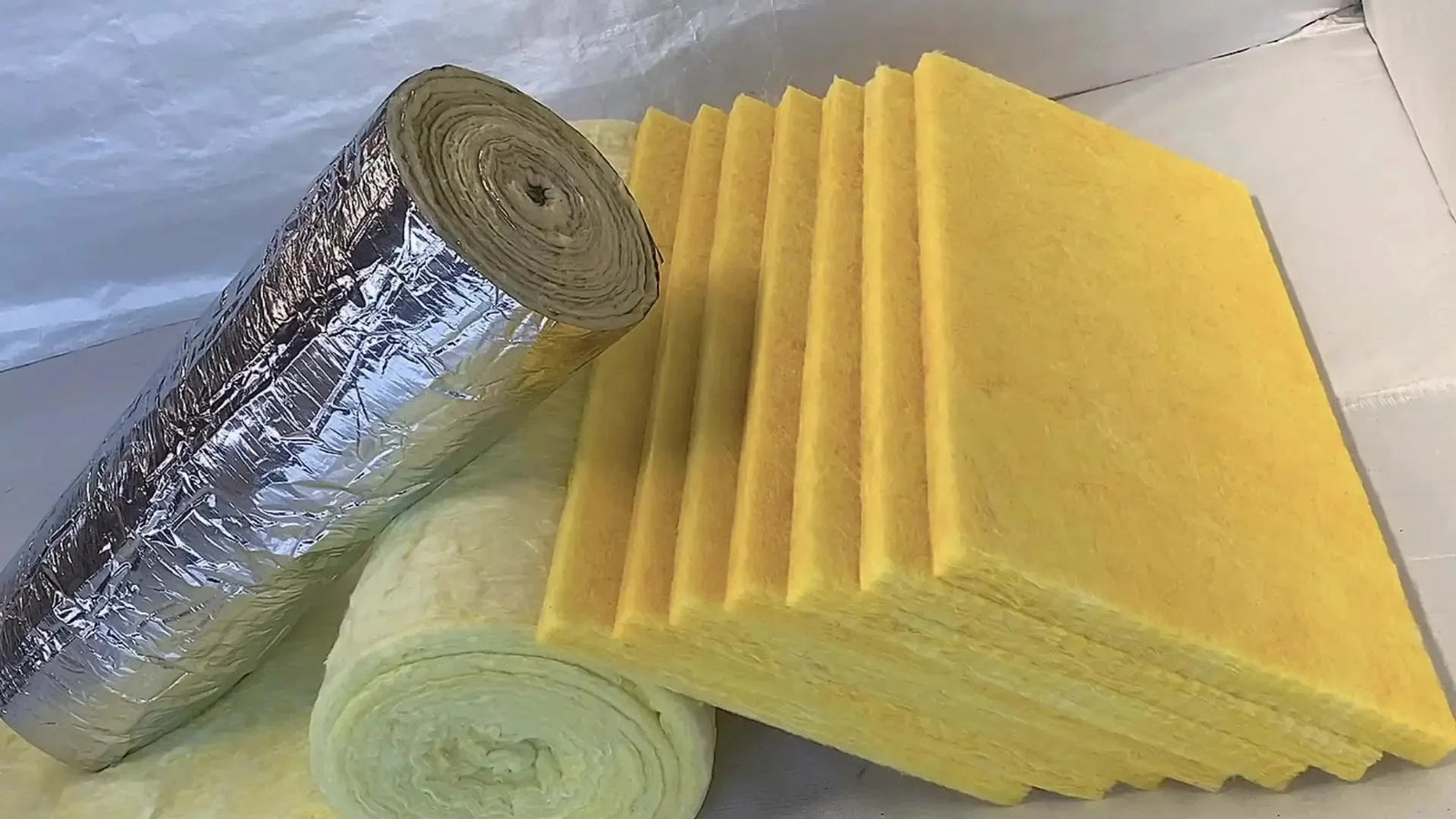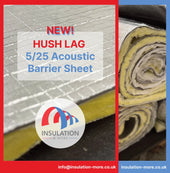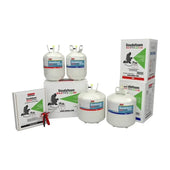Fiberglass insulation is a type of thermal insulation material that's made of tiny glass fibres. The fibres are woven together and then compressed into batts or rolls of insulation. Fiberglass insulation is commonly used in residential and commercial buildings to help reduce heat loss or gain, increase energy efficiency and reduce energy costs. It is sometimes referred to as Glass Wool Insulation depending on the manufacturer, specific application or sometimes just because of industry preferences.
Fiberglass insulation works by trapping air within its fibres, which helps to slow the transfer of heat between the inside and outside of a building. This makes it an effective way to keep your home or office warm in the winter and cool in the summer. Fiberglass insulation is also fire-resistant and provides some level of acoustic insulation which helps to reduce noise transmission between rooms.
Fiberglass insulation is relatively easy to install and is available in a variety of thicknesses and R-values (which measure the insulation's ability to resist heat flow). It is also a cost-effective option for insulating homes, offices, shops and other residential and commercial buildings and as such, it's a very popular choice with homeowners and contractors alike. However, like with most things involving insulation, it is important to be aware of and adhere to proper safety precautions when installing fiberglass insulation, as the tiny glass fibres can be irritating to the skin, eyes, and respiratory system.
Fiberglass insulation is sometimes faced with a layer of foil or other reflective material for several reasons:
- Improved thermal performance: The foil facing can help to reflect radiant heat back into the living space, improving the insulation's overall thermal performance.
- Moisture resistance: Foil facing can act as a moisture barrier, preventing moisture from entering the insulation and reducing the insulation's effectiveness.
- Fire resistance: Foil facing can also help to improve the insulation's fire resistance by providing a barrier that can prevent flames from spreading.
- Aesthetics: Foil facing can give insulation a neat and uniform appearance, making it a good choice for visible areas of a home or building.
Foil facing is commonly used on fiberglass insulation that is installed in walls, ceilings, and floors. The facing is typically installed facing the living space, with the fiberglass insulation facing the unheated or unconditioned space (such as an attic or crawlspace). This helps to maximize the insulation's thermal performance and minimize the risk of moisture damage or fire spread.
There are several popular manufacturers and brands of fiberglass insulation available in the UK, including:
These manufacturers produce a wide range of fiberglass insulation products, including batts, rolls, and loose-fill insulation. They also offer different levels of thermal performance, fire resistance, and acoustic insulation. When choosing a brand of fiberglass insulation, it is important to consider factors such as the R-value, product quality, and installation requirements to ensure that you select the most appropriate option for your needs.





















































